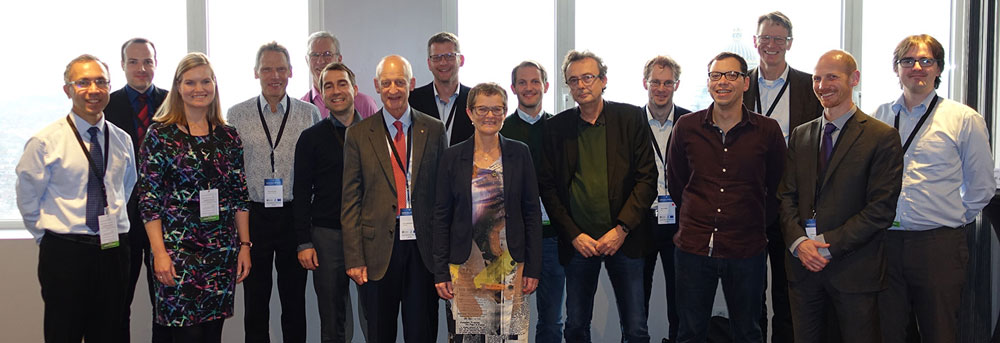The transmission grid operators are responsible for ensuring the security of electricy supply. The so-called ‘N-1 criterion’ currently ensures the electricity supply, even if a single system component fails. It is this criterion that has governed transmission grid operations across Europe up until now.
For four years, SINTEF Energy Research has been coordinating the EU project GARPUR. The project has now been completed and we have arrived at a new approach that may supplement or replace the N-1 criterion.
Here is a film describing the project (lasting 2 minutes and 40 seconds).
GARPUR’s objective: Identify alternatives
The objective of the GARPUR project, working to a budget of only EUR 11 million, has been to identify alternatives to the ‘N-1 criterion’ that currently governs security of electricity supply across Europe.
In brief, the criterion states that a single failure or outage of a system component will not result in power supply interruptions to customers. The main weakness of the criterion is that the likelihood and impact of various potential component failures are neither quantified nor evaluated.
The method proposed by the GARPUR project attempts to address this weakness using a risk-based approach that seeks to identify a socio-economic optimal security of electricity supply. Using this approach, security of supply can be differentiated and money saved by making security of supply more adequate from a socio-economic perspective. Transmission grid operators are provided with information that enables them to balance their costs against the societal benefits of the various measures available to them.
The approach has been tested using pilots and case studies carried out by the transmission grid operators and SINTEF Energy Research. The results have been promising.
The Final Conference
The final project conference was held last week. It was attended by 130 participants from across Europe, representing transmission grid operators, public authorities and academia.
Speakers and debaters were recruited from top management levels throughout the industry. We can safely say that the conference was a success.



Excellent feedback from the European Commission
During the review conducted at the subsequent meeting, the project received excellent feedback from both the European Commission and the Commission’s external experts regarding project results, project management and the final conference.

The project has involved a consortium of 20 participants from Europe, seven of which were transmission grid operators, including the Norwegian Statnett. The project was coordinated by SINTEF Energy Research.
SINTEF Energy Research was represented at the final conference by Petter Støa, Gerd Kjølle, Einar Jordanger, Hege Iversen, Knut Samdal and myself.
The GARPUR vision is that the risk-based approach is adopted by all stakeholders dealing with the security of electricity supply – from experts in the TSO organisations who have the practical responsibility to ensure it, to the persons in charge at the regulators and governments. The panel debates during the Final Conference showed that there is a willingness among these actors to move in the direction of a risk-based approach to dealing with the security of supply.
Photos: SINTEF/Statnett
Project supported by the European Commission under the 7th Framework


0 comments on “GARPUR proposes a new method to ensure secure power supply in Europe”